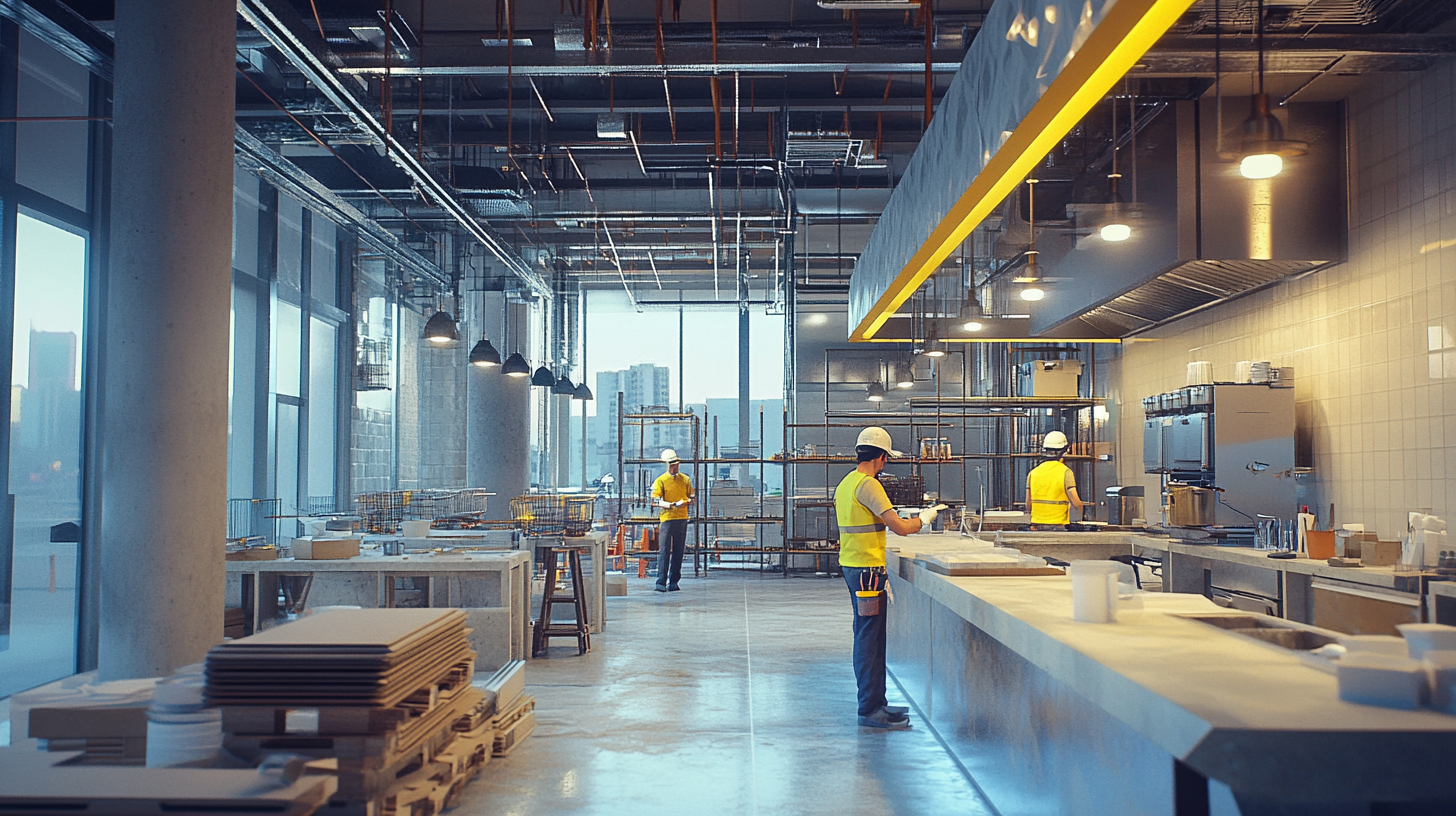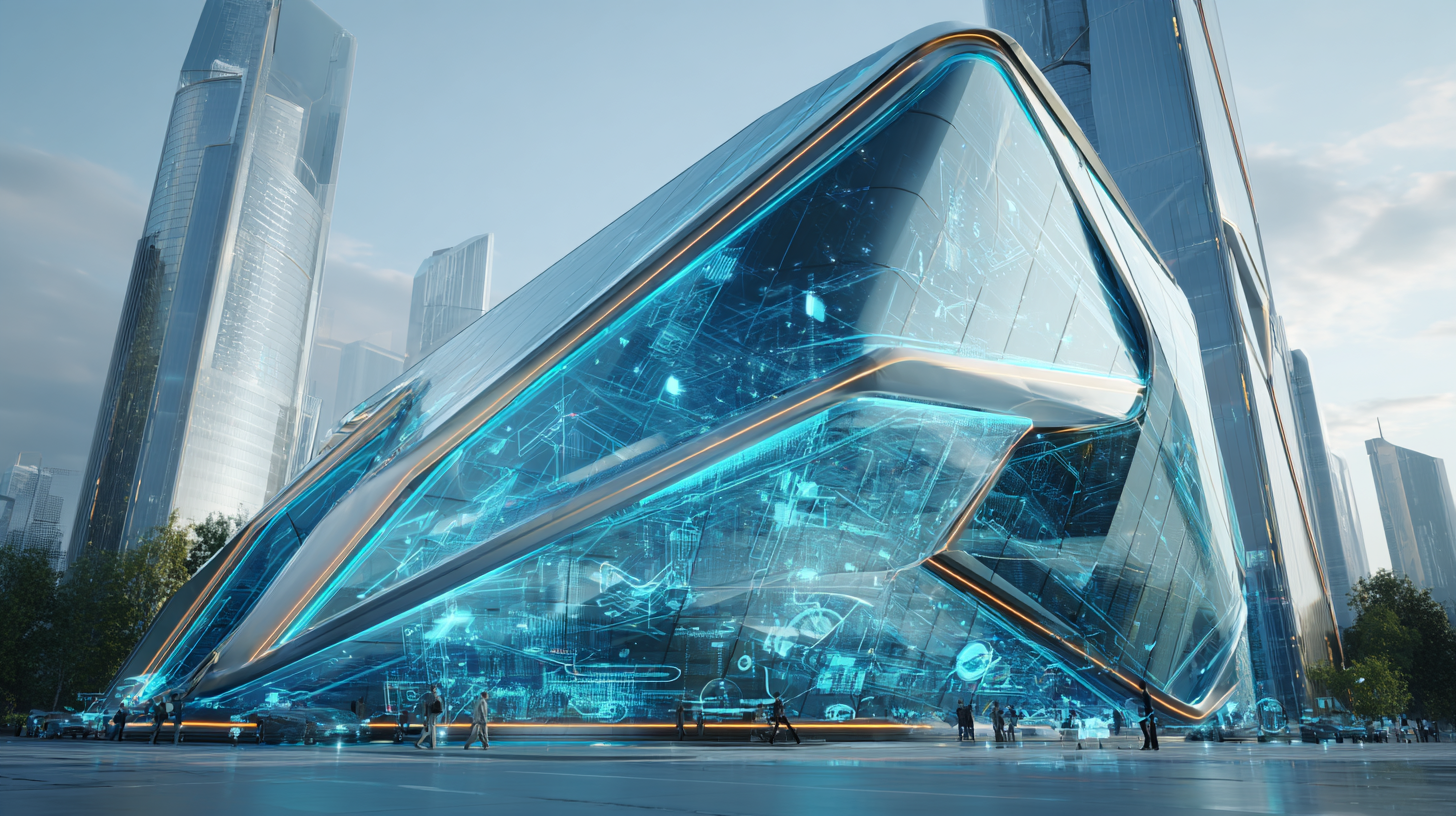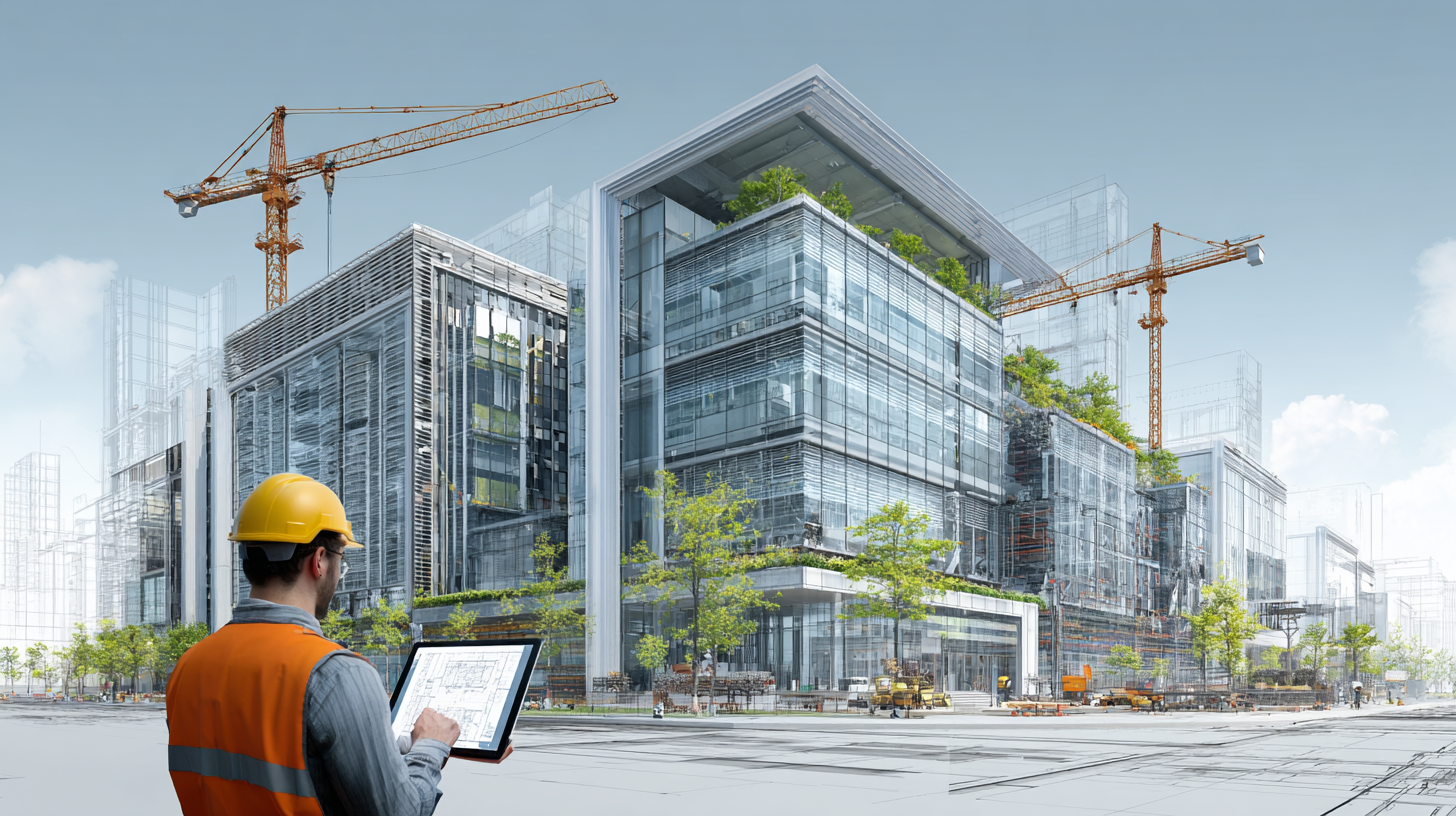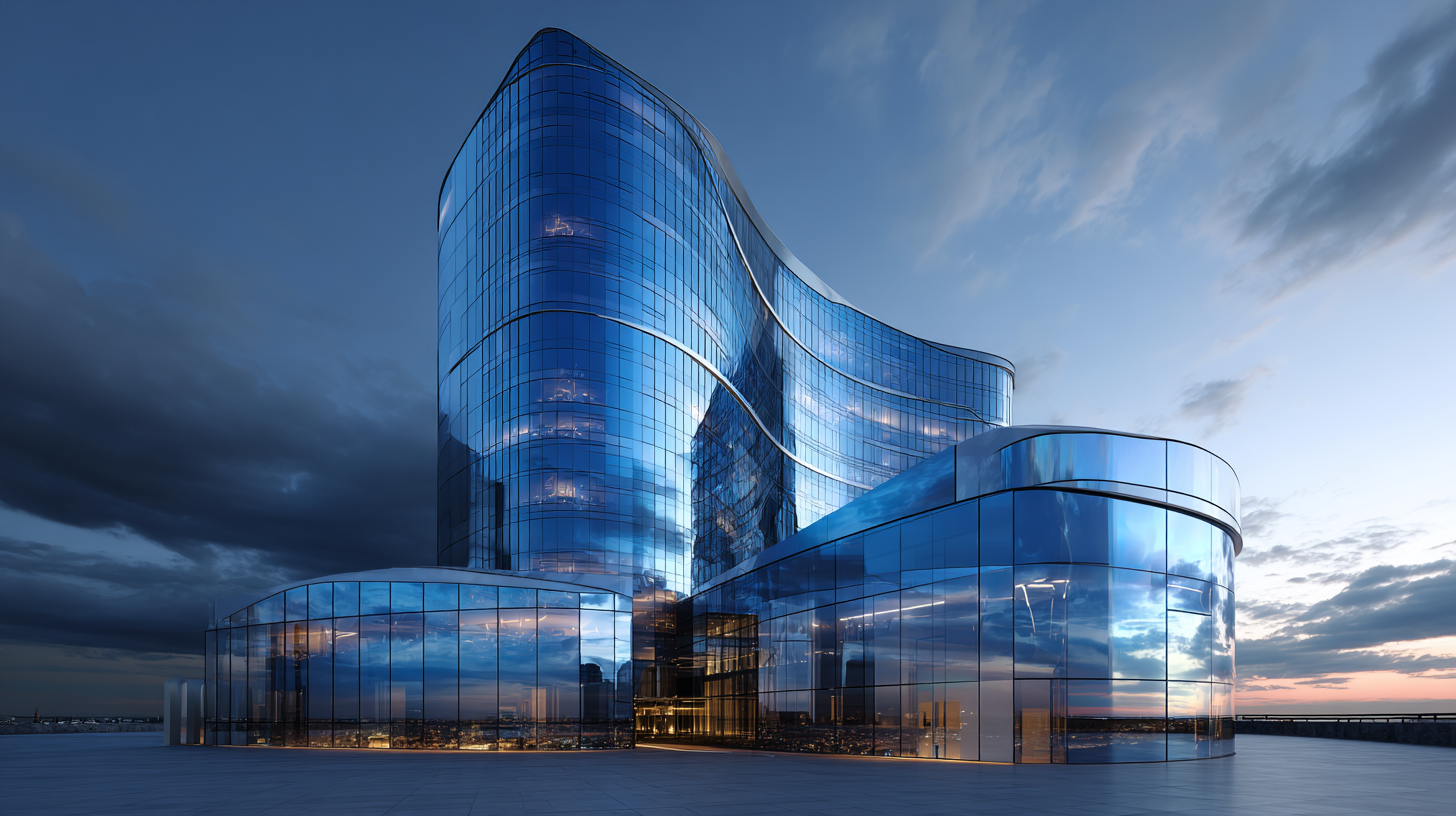
7 Common Mistakes to Avoid in Restaurant Construction
When it comes to building a successful restaurant, construction plays a pivotal role. While it’s easy to get swept up in the excitement of picking chic decor or crafting the perfect menu, failing to nail the construction stage can lead to costly delays, customer dissatisfaction, or even business failure.
Designing and constructing a restaurant is unlike building any other commercial space. From operational efficiency to exceptional customer experience, every element must align to ensure the comfort of both your staff and guests. In this blog post, we’ll explore seven common construction mistakes and how avoiding them can save you time, money, and unnecessary headaches.
Bonus tip? With Buildiyo’s AI-powered construction and design tools, many of these pitfalls become significantly easier to sidestep, ensuring a smoother restaurant build from start to finish.
1. Poor Location Planning
Location can make or break a restaurant. Even if you have the most innovative menu or stunning interiors, a poorly chosen location can doom your business.
Why it matters:
- Foot traffic: Does your location naturally attract potential customers?
- Visibility: Is your restaurant noticeable, or does it blend into the surroundings?
- Accessibility: Is there sufficient parking, and is it easy to reach by public transport?
Real-world example: A fine-dining restaurant fit for food critics opened in an industrial zone with limited foot traffic. It had an incredible interior and an award-worthy menu—but shut its doors within six months due to poor location planning.
Tips for better location planning:
- Spend time researching neighborhoods that suit your target audience.
- Visit the location at different times of the day to understand customer flow.
- Create a checklist of must-haves, such as parking spaces or nearby landmarks, to help customers find your spot easily.
2. Ignoring Local Regulations & Permits
Whether it’s fire safety standards or health permits, ignoring local regulations may lead to severe penalties or even business closure.
Common licenses and permits to consider:
- FSSAI (Food Safety and Standards Authority of India) license
- Fire safety approval
- Health permits for kitchens
- Municipal corporation approvals
Failing to account for these at the start can result in construction halts, costly fines, or lengthy delays.
Solution:
- Hire local experts to guide you through the regulatory landscape.
- Use platforms like Buildiyo, which collaborate with legal support partners to ensure all necessary approvals are seamlessly managed.
3. Underestimating Budget and Timeline
It’s easy to underestimate how quickly costs and timelines can spiral out of control during a restaurant build. From plumbing and HVAC systems to high-grade kitchen equipment, hidden costs lurk in every corner.
Common pitfalls:
- Scope creep: When small, unplanned additions snowball into costly delays.
- Underbudgeting: Forgetting to account for licenses, utility installations, or contingency funds.
Pro tip: Use Buildiyo’s AI-powered budget estimators to map out the entire construction process, so you know exactly where your funds are going. You’ll avoid unpleasant surprises and keep your project running on time and within budget.
Plan smarter:
- Always set aside 10–15% of your budget for unexpected costs.
- Work with contractors and consultants who can provide detailed, upfront estimates.
4. Overdesigning the Space
It’s tempting to create an Instagram-worthy restaurant by cramming every trend into your space. But doing too much can hurt both functionality and customer experience.
What to avoid:
- Overcrowded spaces that disrupt customer flow or service efficiency.
- Overly elaborate decor that overshadows comfort or ambiance.
Focus areas: A restaurant layout should prioritize smooth movement between the kitchen, dining area, and washrooms, ensuring ease for both staff and guests.
Solution:
- Concentrate on timeless, functional design.
- Use tools like AI-powered simulators to test layouts for flow and efficiency before construction begins.
Remember, simplicity and functionality will outlast fleeting trends.
5. Skipping Professional Help
Hiring cheap contractors or freelancers without experience in F&B spaces might save you some upfront costs, but it can lead to expensive mistakes down the line.
Why expertise matters:
- Restaurant-specific contractors understand the unique demands of kitchens, dining areas, and HVAC systems.
- Architects and designers with F&B experience ensure you have layouts that maximize space and functionality.
What Buildiyo offers:
With a full-stack team including architects, interior designers, and engineers, all backed by AI tools, Buildiyo ensures your restaurant project is handled by experts who understand the specific needs of the industry.
6. Inadequate Ventilation and Acoustic Design
Two often-overlooked aspects of restaurant construction are ventilation and acoustics. Without proper planning, these issues can lead to significant discomfort for both staff and customers.
Common issues:
- Poorly ventilated kitchens and dining areas can create unhealthy environments.
- Excess noise disrupts your guests’ dining experience.
How to fix it:
- Invest in high-quality HVAC systems to ensure air flows properly throughout the space.
- Incorporate soundproofing elements like acoustic panels or noise-control flooring.
Tip: Use AI tools to simulate airflow and acoustics before construction starts to pinpoint potential problem areas.
7. Ignoring Brand Identity in Design
Your restaurant should reflect your unique brand identity, from the overall vibe to the type of cuisine you serve. Copying cookie-cutter trends might attract some attention, but it won’t build customer loyalty in the long run.
Why branding matters:
- A strong, cohesive design helps your restaurant stand out in a sea of competitors.
- Your interiors should tell the same story as your menu—for example, a modern, minimalist design for a fusion cafe or a rustic, warm environment for a farm-to-table establishment.
Example:
A seafood-themed restaurant that incorporates oceanic motifs into its decor, from blue tones to nautical-inspired furniture, creates a memorable experience that customers associate with the brand.
Don’t be afraid to add personalized touches that set your space apart!
Build Smarter, Not Harder
Constructing a successful restaurant is no small feat, but avoiding these seven common mistakes will set you on the right path. From selecting the perfect location to considering ventilation, budgets, and design, every decision matters when building a space your guests will love.
If you’re dreaming of opening your ideal restaurant or cafe, Buildiyo is here to help. With our AI-powered tools and industry expertise, we simplify the entire construction process, so you can focus on bringing your vision to life.



